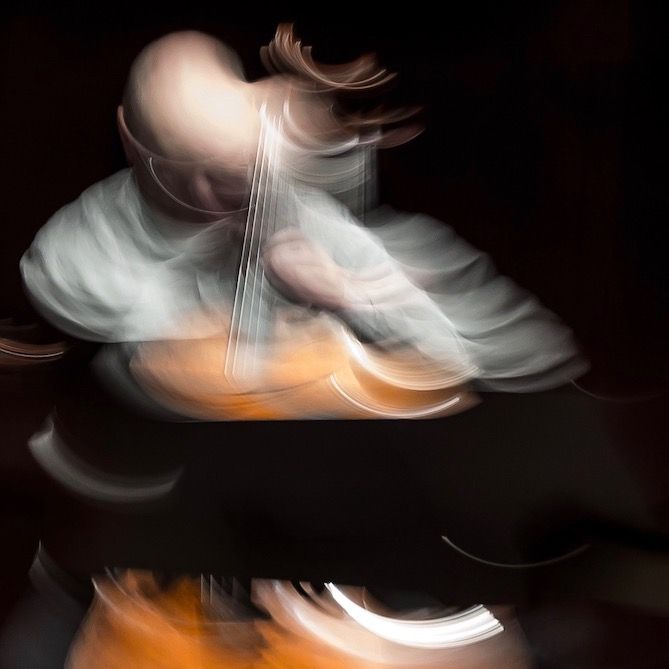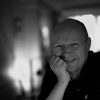
Finding Dvorak’s Cello Concerto
Anssi Karttunen
[fusion_builder_container type=”flex” hundred_percent=”no” equal_height_columns=”no” menu_anchor=”” hide_on_mobile=”small-visibility,medium-visibility,large-visibility” class=”” id=”” background_color=”” background_image=”” background_position=”center center” background_repeat=”no-repeat” fade=”no” background_parallax=”none” parallax_speed=”0.3″ video_mp4=”” video_webm=”” video_ogv=”” video_url=”” video_aspect_ratio=”16:9″ video_loop=”yes” video_mute=”yes” overlay_color=”” video_preview_image=”” border_color=”” border_style=”solid” padding_top=”” padding_bottom=”” padding_left=”” padding_right=””][fusion_builder_row][fusion_builder_column type=”1_1″ layout=”1_1″ background_position=”left top” background_color=”” border_color=”” border_style=”solid” border_position=”all” spacing=”yes” background_image=”” background_repeat=”no-repeat” padding_top=”” padding_right=”” padding_bottom=”” padding_left=”” margin_top=”0px” margin_bottom=”0px” class=”” id=”” animation_type=”” animation_speed=”0.3″ animation_direction=”left” hide_on_mobile=”small-visibility,medium-visibility,large-visibility” center_content=”no” last=”true” min_height=”” hover_type=”none” link=”” border_sizes_top=”” border_sizes_bottom=”” border_sizes_left=”” border_sizes_right=”” first=”true”][fusion_text]
As I often perform concertos that were either written for me or that few others play, it is always a welcome and special occasion when I am invited to play one of the well-known masterpieces of our repertoire. When that happens I try to take a fresh look at the piece. A couple of years ago I was asked to play the Dvorak Concerto at a cello festival in Beauvais, France. As several years had passed since I last played it I decided to take this as a challenge to see if I my experience of working with living composers would reveal any surprises in a piece that we all know so well.
I studied the piece over 35 years ago with at least three of my teachers: William Pleeth, Jacqueline du Pré and Tibor de Machula. My memories of those lessons are already somewhat confused. I remember many details from each of the teachers, but in the end I was left with lots of unconnected ideas and couldn’t tell which were my own convictions, if any. Over the years I had performed the piece a couple of times without properly studying it anew. I didn’t really measure all the work that lay ahead of me. The moment had finally arrived to get to the task.
The first thing I did was to find the latest Bärenreiter Urtext edition and the manuscript that has also become available, comparing them with the old “Urtext” edition that I had used as a student. At first the differences seemed not very important but quite soon I realised that especially in the solo part there is hardly a measure that is exactly like in the earlier editions. And the closer I looked, the more evident it became that even the things that hadn’t changed are often not respected. What has become some kind of tradition has little to do with what Dvorak actually wrote.
I spent months studying these new sources, practicing and listening to every possible recording starting from the very first ones by Emmanuel Feuermann and Pablo Casals up to the latest versions by cellists much younger than myself. The first thing that became apparent was the amazing lengthening of the piece from Feuermann’s 33:30 to sometimes more than 45 minutes. Even the recordings of two of my own teachers, Tibor de Machula and Jacqueline du Pré have a difference of over 10 minutes. I wanted to find out where all that disagreement came from.
Somewhere in the 1960’s musicians seem to have noticed that audiences react well to two things, stretching the tempo and finding surprising places to play extremely softly. It also became common to announce a surprise by slowing down before it, or underlining an emotion with an extreme dynamic. Subtleties like trusting the written dynamics, expressions or tempos seem not to be enough today. Maybe the limited rehearsal times and ever greater halls were factors that provoked to go for the extremes in every aspect.
It seems to me that more and more cellists make their decisions about tempos according to what feels effective rather than thinking what the piece requires, happily ignoring the composer’s indications. And when someone plays one passage in an extreme way, the next cellist tries if it could be taken even further for even more effect. Many interpretations are reactions or a commentary to other interpretations rather than attempts to understand the composer’s visions. They are also built from details up rather than from the architecture down to the details.
Understanding Architecture
I used to wonder how some performers manage to give a strong sense of form and inevitability to their performances and others not. In a piece like this it seems to me that this has to do at least to a large part with how one treats the tempi. It can also be done through giving sections similarity in character, but in one way or another one needs to give the listener a feeling of recognition of similarity and difference.
In the Dvorak Concerto the tempo changes frequently, sometimes through slowing down or speeding up, but often also suddenly. For example the first movement has a main tempo of (116), three sections that are marked to slow down to (100) and one piu mosso in the coda to (132). If one observes that the sostenuto sections are all in the same tempo one has a feeling of recognition of the tempo, even if each section has its own emotional content. If, on the other hand, one gives in to the temptation to play the second sostenuto section much slower than the other two, one important feeling of familiarity disappears. The question is not of being academic about the metronimical difference between the main tempo and the sostenuto. One needs to feel the similarity in the difference.
Another factor that has contributed to the lengthening of the piece is the way the transitions are done systematically by slowing down. Dvorak is very clear in writing many ritenutos and a few molto ritenutos, but also very clear to not write ritenuto for many transitions. Observing the difference between all of these changes once again the piece dramatically. It is perfectly natural to make some of these transitions straightforward, but cellist’s instincts generally ask for a rounding off or announcing the coming surprise in advance. The most interesting example is in the slow movement; the poco accelerando that starts in ms. 30 can seem confusing, because while it is very passionate and gets faster, Dvorak also asks a diminuendo and then drops to a sudden Tempo I. Dropping into a slower tempo after getting faster and softer seems to be a contradiction, but why should it be?
The differences in dynamics in the new Urtext edition are sometimes very subtle, sometimes surprisingly drastic. In the first movement the end of the famous arpeggio passage finishes with a crescendo rather than the well known diminuendo and (unwritten) ritenuto. In the slow movement the hairpins in the 16th note comments of the solo cello are placed later, first this seems to go against the orchestras dynamics, but I grew to feel they are perfectly natural.
In the last movement there is again one main tempo (104) and this time two slightly different slower sections (92 and 84). In between, one should feel the familiarity of the return to the original tempo. The most rarely observed return to the main tempo is in the coda, which is mostly already begun in a slower tempo and then taken to such extremes of slowness that in the end, when Dvorak finally writes molto ritenuto one can’t possible slow down any more – or actually many can. Dvorak’s indication is to start In Tempo (104) and slow down in two stages to (84 and 76).
Leave me alone!
In the Coda Dvorak does something absolutely unique. It is well known that he re-composed the end after hearing of the death of his dear sister-in-law Josefina. The music gradually slows down until a violin quotes Josefina’s favorite song, appropriately entitled “Leave me alone”. After that cello rebels, grows stronger, climbs. It plays a last desperate descending melody while the destiny already can be understood through the trumpets and timpani, the cello descends toward the long f-sharp, where it is indeed left alone. Dvorak indicates no ritenuto until one measure before the lonely note, the time stops and the orchestra dies away (with the indication morendo!) before the final dramatic outburst.
One can see from the different sources that Dvorak struggled with countless variants of the indications to get this ending just right. I now feel that the lonely f-sharp is really an incredibly dramatic moment in a personal tragedy that Dvorak lived once he already thought to have finished the piece. It is like a black hole into which all the drama of the piece is condenced. Soon after this Concerto Dvorak stopped writing abstract orchestral music and preferred symphonic poems with very strong programmatic stories, it is not suprising that his need to tell a story is already there at this dramatic moment of the concerto and his life.
Carefully observing the composer’s instructions doesn’t mean giving up on freedom, I find it does the contrary. There is always – also in this concerto – enough questions to which there are no absolute answers that one can try different sollutions each time. but it is so much easier to feel free when one is has as much information as possible about the world behind the notes.
Change is a long process, patience is in the end the virtue that really matters. All those performances, however different from mine are part of the long life of the piece. Like the great paintings, pieces gather dust and the colors fade but every now and again someone comes along and does some restoration work and the process starts again afresh.
Reading about the sources of the Cello Concerto makes it clear that the collaboration between Dvorak and his cellist friend Hanus Wihan was much closer than is generally known. Wihan made many corrections directly into the manuscript and it is not always possible to know who came up with the final published version and whether Dvorak really approved of them. This rings some very interesting bells in my own head. I know that one day some future musicologists will have at least as much trouble with many pieces with which I have been involved as a first performer. This makes me ever more convinced that knowing all the music and understanding the style of a composer are vital in understanding anything one sees on paper.
[/fusion_text][/fusion_builder_column][/fusion_builder_row][/fusion_builder_container]
Subjects: Repertoire
Tags: architecture, cello concerto, Dvorak, Interpretation
